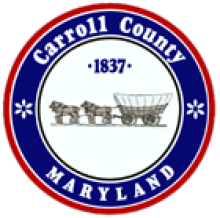First BTOP Project Connects Rural North Georgia Communities
Back in December, 2009, Vice President Biden travelled to Dawsonville, Georgia, to officially kick off the American Recovery and Reinvestment Act (ARRA) program. The first award, a grant of $33.5 million, went to the North Georgia Network Cooperative. The group combined that grant with local and state funding and in May, 2012, lit the North Georgia Network (NGN).
We spoke with Paul Belk, CEO of NGN, who shared the network's story and described how it is improving economic development while serving schools and government across the region. We also recently published a podcast interview with Paul Belk.
In 2007, Bruce Abraham was the Lumpkin County Development Authority President and could not recruit new business to the region. Atlanta is only 60 miles away but companies and entrepeneurs were not willing to branch out toward north Georgia. Business leaders repeatedly told Abraham they were not interested because of the lack of broadband. DSL was available from Windstream, but businesses kept telling Abraham, "That's not broadband." North Georgia was losing jobs and there was no strategy to replace them.
Abraham found economic development representatives from Forsyth, White, Union, and Dawson counties shared the same problem. With North Georgia College & State University in Dahlonega, the group decided to address the problem together.
In 2008, they received a OneGeorgia Authority BRIDGE grant. They used the $100,000 award to commission a feasibility study that suggested the area had potential as a new tech hub. The study also indicated that the region's traditional manufacturing and agricultural industries would continue to dwindle. The group, determined to pursue the establishment of a new tech economy, knew the first step would be next-generation infrastructure.


